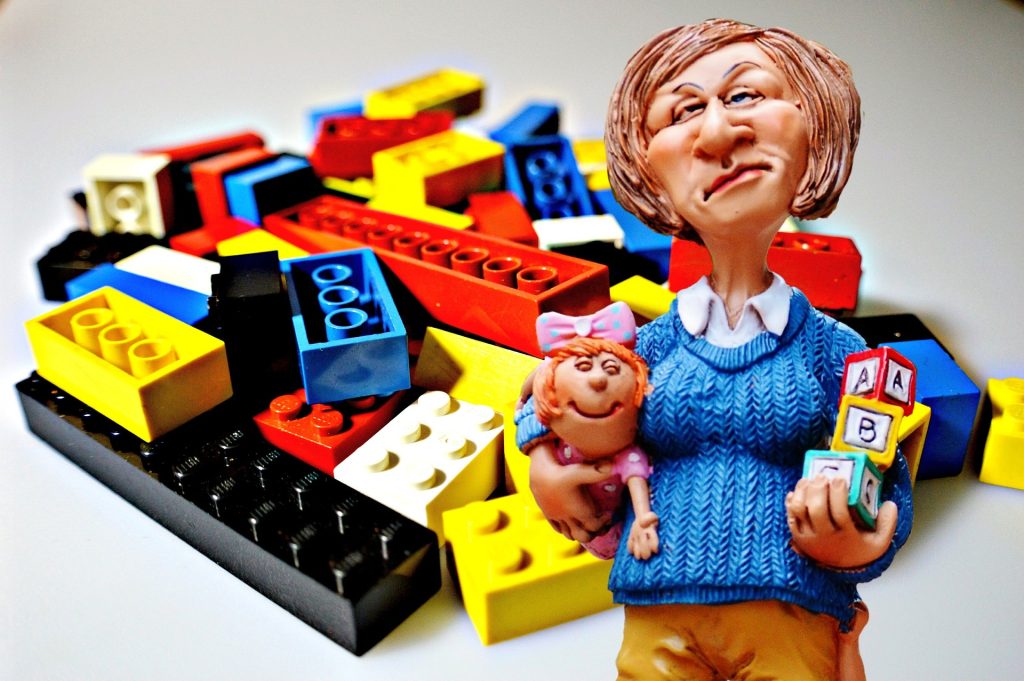
Today, we are diving into some beginner-friendly projects that will get your creative and analytical juices flowing. If you’re new to AI, working on hands-on projects is the best way to understand the concepts and build your skills. Today, we’re going to explore a few simple yet powerful AI projects that will set you on the right path. Let’s dive in!
Starting with projects helps you apply theoretical knowledge to practical problems, enhancing your understanding and making learning more engaging. Here are a few reasons why project-based learning is so effective:
One of the most popular beginner projects in AI is predicting house prices. This project introduces you to regression algorithms and helps you understand how to work with real-world datasets.
import pandas as pd
from sklearn.model_selection import train_test_split
from sklearn.linear_model import LinearRegression
from sklearn.metrics import mean_squared_error
# Load the dataset
df = pd.read_csv('housing.csv')
# Split the data into training and testing sets
X = df.drop('MEDV', axis=1)
y = df['MEDV']
X_train, X_test, y_train, y_test = train_test_split(X, y, test_size=0.2, random_state=42)
# Train the model
model = LinearRegression()
model.fit(X_train, y_train)
# Make predictions
y_pred = model.predict(X_test)
# Evaluate the model
mse = mean_squared_error(y_test, y_pred)
print(f'Mean Squared Error: {mse}')Sentiment analysis is a fascinating NLP task where you determine the sentiment behind a piece of text. This project will help you understand text preprocessing and classification.
import pandas as pd
from sklearn.model_selection import train_test_split
from sklearn.feature_extraction.text import CountVectorizer
from sklearn.linear_model import LogisticRegression
from sklearn.metrics import accuracy_score
import nltk
from nltk.corpus import stopwords
nltk.download('stopwords')
# Load the dataset
df = pd.read_csv('sentiment140.csv', encoding='latin-1', usecols=[0, 5], names=['sentiment', 'text'])
# Preprocess the text
stop_words = set(stopwords.words('english'))
df['text'] = df['text'].apply(lambda x: ' '.join(word for word in x.split() if word.lower() not in stop_words))
# Convert sentiment to binary
df['sentiment'] = df['sentiment'].apply(lambda x: 1 if x == 4 else 0)
# Split the data into training and testing sets
X_train, X_test, y_train, y_test = train_test_split(df['text'], df['sentiment'], test_size=0.2, random_state=42)
# Vectorize the text
vectorizer = CountVectorizer()
X_train_vec = vectorizer.fit_transform(X_train)
X_test_vec = vectorizer.transform(X_test)
# Train the model
model = LogisticRegression()
model.fit(X_train_vec, y_train)
# Make predictions
y_pred = model.predict(X_test_vec)
# Evaluate the model
accuracy = accuracy_score(y_test, y_pred)
print(f'Accuracy: {accuracy}')Image classification is a core task in computer vision. This project will help you understand convolutional neural networks (CNNs) and how to work with image data.
import tensorflow as tf
from tensorflow.keras import datasets, layers, models
import matplotlib.pyplot as plt
# Load the dataset
(train_images, train_labels), (test_images, test_labels) = datasets.cifar10.load_data()
# Normalize the pixel values
train_images, test_images = train_images / 255.0, test_images / 255.0
# Build the model
model = models.Sequential([
layers.Conv2D(32, (3, 3), activation='relu', input_shape=(32, 32, 3)),
layers.MaxPooling2D((2, 2)),
layers.Conv2D(64, (3, 3), activation='relu'),
layers.MaxPooling2D((2, 2)),
layers.Conv2D(64, (3, 3), activation='relu'),
layers.Flatten(),
layers.Dense(64, activation='relu'),
layers.Dense(10)
])
# Compile the model
model.compile(optimizer='adam', loss=tf.keras.losses.SparseCategoricalCrossentropy(from_logits=True), metrics=['accuracy'])
# Train the model
history = model.fit(train_images, train_labels, epochs=10, validation_data=(test_images, test_labels))
# Evaluate the model
test_loss, test_acc = model.evaluate(test_images, test_labels)
print(f'Test Accuracy: {test_acc}')There you have it—a comprehensive guide to beginner AI projects that will kickstart your journey. From predicting house prices to analyzing sentiments and classifying images, these projects cover essential AI concepts and provide hands-on experience. Remember, the key to mastering AI is continuous learning and practical application. So, keep experimenting, stay curious, and always push the boundaries.
Believe in yourself, always.
Geoff.

This controversial report may shock you but the truth needs to be told.
Grab my Free Report